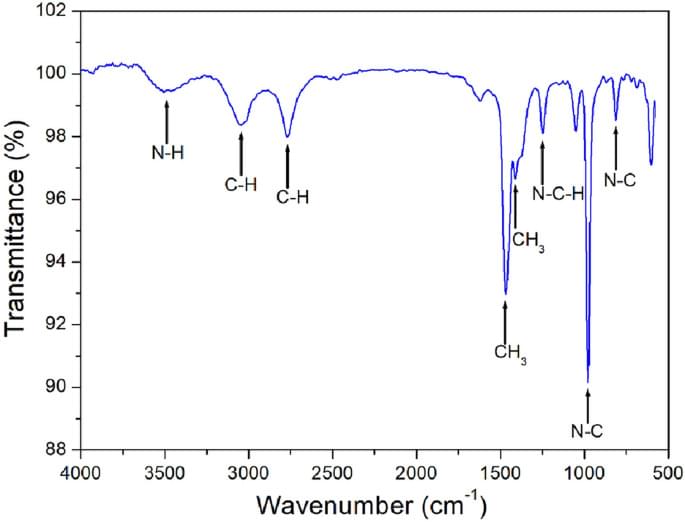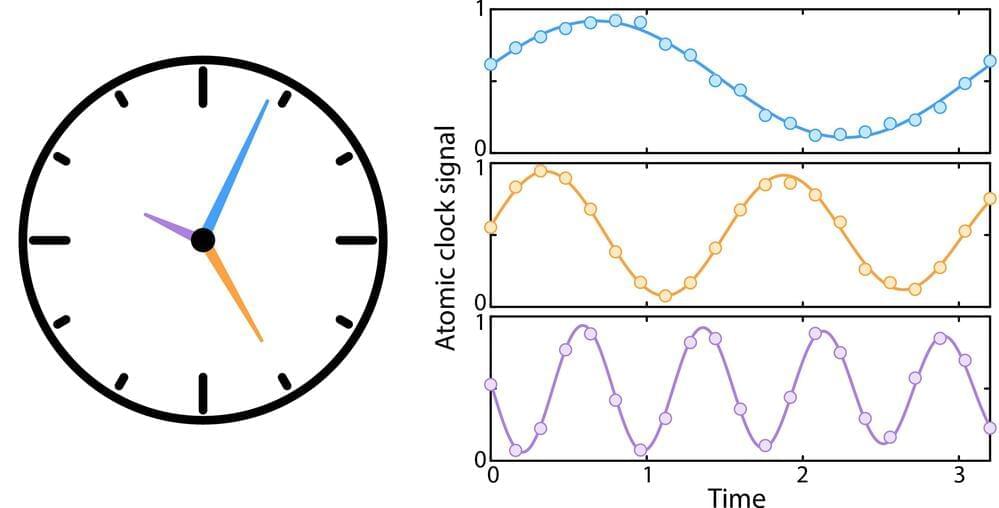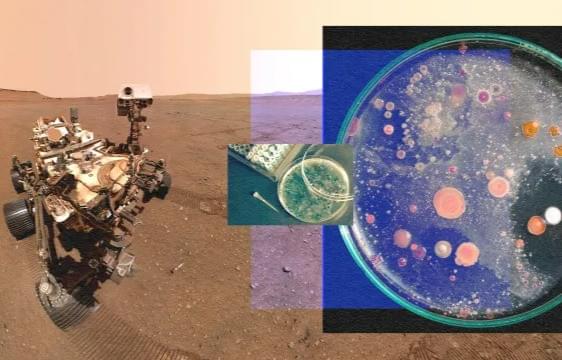Google’s philanthropy arm is setting aside millions of dollars for European nonprofits to train workers how to use AI. But it’s unclear whether AI training will help save jobs.



A chemical element so visually striking it was named for a goddess shows a “Goldilocks” level of reactivity—neither too much nor too little—that makes it a strong candidate as a carbon scrubbing tool.
The element is vanadium, and research by Oregon State University scientists, published in Chemical Science, has demonstrated the ability of vanadium peroxide molecules to react with and bind carbon dioxide —an important step toward improved technologies for removing carbon dioxide from the atmosphere.
The study is part of a $24 million federal effort to develop new methods for direct air capture, or DAC, of carbon dioxide, a greenhouse gas that’s produced by the burning of fossil fuels and is associated with climate change.



New research on the continuity illusion uncovers how the brain perceives smooth motion, emphasizing the superior colliculus’s importance and suggesting new approaches for neuroscience research and clinical practice.
A study by a team at the Champalimaud Foundation (CF) has cast a new light on the superior colliculus (SC), a deep-seated brain structure often overshadowed by its more prominent cortical neighbor. Their discovery uncovers how the SC may play a pivotal role in how animals see the world in motion, and sheds light on the “continuity illusion,” an essential perceptual process integral to many of our daily activities, from driving vehicles to watching movies.
Understanding the Continuity Illusion.



We tend to separate the brain and muscle – the brain does the thinking; the muscle does the doing. The brain takes in complex information about the world, makes decisions, while muscle merely executes. This distinction extends to our understanding of cellular processes, where certain molecules within cells are perceived as the ‘thinkers’, processing information from the chemical environment to determine necessary actions for survival, while others are viewed as the ‘muscle’, constructing the essential structures for the cell’s survival.
But a new study shows how the molecules that build structures, i.e, the muscle, can themselves do both the thinking and the doing. The study, by scientists at Maynooth University, the University of Chicago, and California Institute of Technology was published in the journal Nature.
“We show that a natural molecular process – nucleation – that has been studied as a ‘muscle’ for a long time can do complex calculations that rival a simple neural network,” said University of Chicago Associate Professor Arvind Murugan, one of the two senior co-authors on the paper. “It’s an ability hidden in plain sight that evolution can exploit in cells to do more with less; the ‘doing’ molecules can also do the ‘thinking.’”

Atomic clocks are a class of clocks that leverage resonance frequencies of atoms to keep time with high precision. While these clocks have become increasingly advanced and accurate over the years, existing versions might not best utilize the resources they rely on to keep time.
Researchers at the California Institute of Technology recently explored the possibility of using quantum computing techniques to further improve the performance of atomic clocks. Their paper, published in Nature Physics, introduces a new scheme that enables the simultaneous use of multiple atomic clocks to keep time with even greater precision.
“Atomic clocks are decades old, but their performance improves every year,” Adam Shaw, co-author of the paper, told Phys.org.
